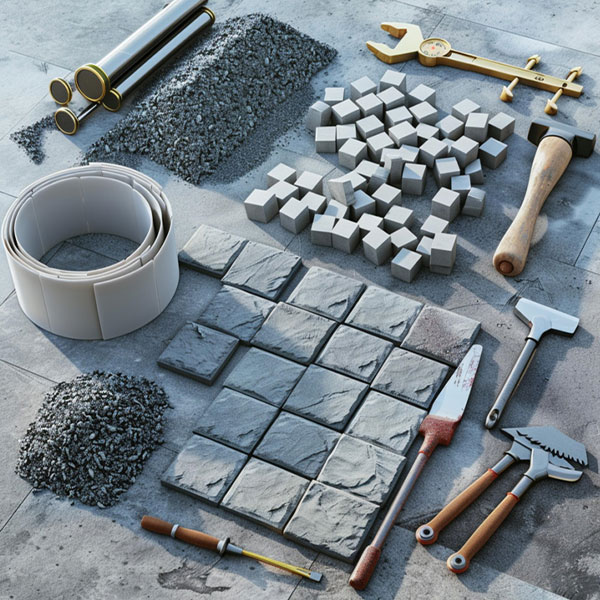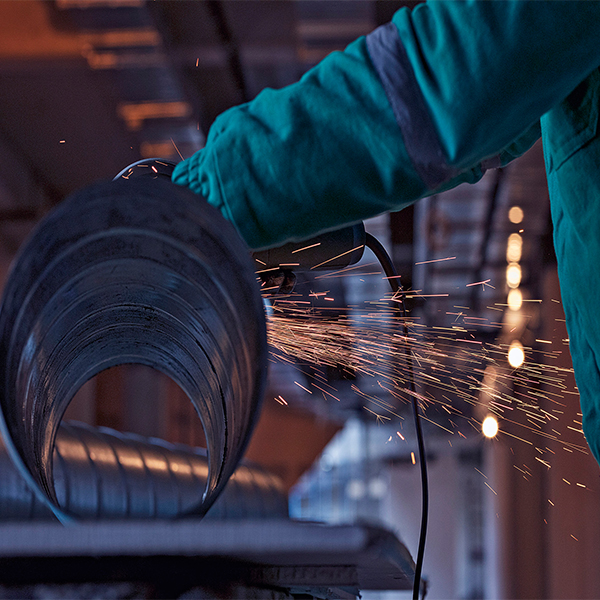Cemented carbide stands out as one of the most proficient composite engineering materials created to date. Its distinctive blend of strength, durability, and resilience meets the requirements of the most challenging applications.
The most significant attribute of cemented carbide is its ability to provide a safer and more reliable solution than any other existing material, addressing one of the major challenges engineers face—reliability.
What Types and Sizes of Cemented Carbide Exist?
Cemented carbides are a variety of composite materials made up of hard carbide particles that are fused together with a metallic binder.
Typically, the carbide component accounts for between 70% and 97% of the composite’s total weight, with an average grain size ranging from 0.4 to 10 μm.
The basic structure of cemented carbide is formed by tungsten carbide (WC) as the hard phase, combined with cobalt (Co) as the binder phase. From this foundation, various types of cemented carbide have evolved. In addition to the standard tungsten carbide-cobalt mixtures, cemented carbide can also include different proportions of titanium carbide (TiC), tantalum carbide (TaC), and niobium carbide (NbC). These carbides can dissolve into each other and can accommodate a significant amount of tungsten carbide. Furthermore, there are cemented carbides where the cobalt binder has been alloyed with or entirely substituted by other metals, such as iron (Fe), chromium (Cr), nickel (Ni), molybdenum (Mo), or combinations of these elements.
Cemented carbide is composed of three distinct phases. Metallurgically, the tungsten carbide phase (WC) is known as the alpha phase, while the binder phase (such as Co and Ni) is the beta phase. Any additional single or mixed carbide phases (like TiC or Ta/NbC) are referred to as the gamma phase. Outside of metal cutting applications, no globally recognized classification exists for cemented carbides.
For tailored advice on selecting the most appropriate cemented carbide product to meet your specific requirements, reach out to Nanjing Xing Yi Chen, who can provide valuable expertise.












